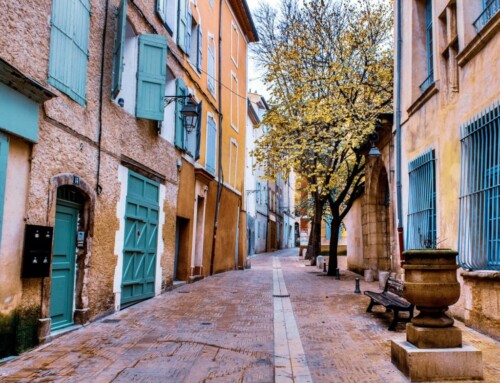
Rapids near Niagara Falls. Image credit NiagaraFallsLive.com
ZIMSEC Geography Notes: Landforms resulting from river processes
- A river through its processes of erosion, transportation and deposition forms several landforms.
- These can be broadly divided into those landforms resulting from erosion and deposition.
Landforms resulting mainly from erosion
Those resulting from mainly deposition
Click on each one to learn more about it and where it is most likely to be formed in a river’s course.
It is important to note that this division into landforms as either resulting from deposition or erosion is not hard and fast as it would appear. For example a lot of river features such as floodplains and meanders are formed by both erosion and deposition acting in tandem.
Also minor river features such as bluffs (sometimes known as river cliffs or bluff lines), point bars, pools and riffles are included in the descriptions of river landforms that they are often associated with.
Click here to learn more about a river’s courses/sections.
To access more topics go to the Geography Notes page.






